Did you know that a mere 5% increase in customer retention can lead to a 25% increase in profit? For SaaS companies, the acquisition phase is not just about getting new customers—it’s about getting the right ones and maximizing revenue.
In this article, we’ll delve deep into the AARRR Framework, with a special focus on the ‘Acquisition’ stage. We’ll explore seven proven tactics that have transformed the acquisition strategies of leading SaaS companies.
By the end of this read, you’ll have a comprehensive understanding of how to optimize your acquisition efforts, ensuring a steady influx of high-quality leads. We’ll touch upon the importance of revenue generation and how it fits into the broader AARRR framework.
Expect insights backed by research and data, managerial takeaways, and actionable strategies that can be implemented right away.
#1 Add embedding features to your product to create viral loops
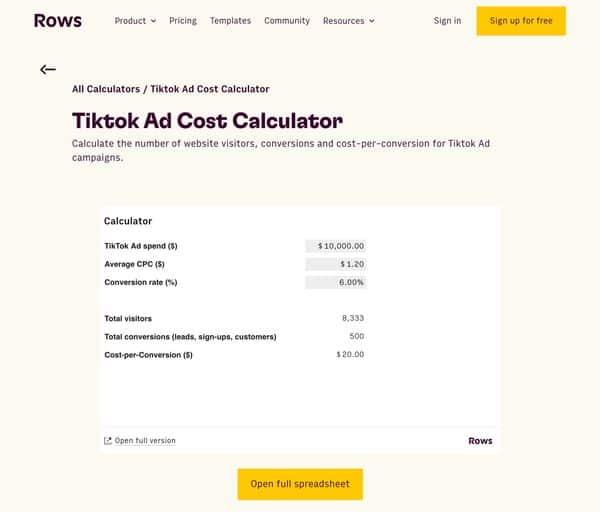
Embedding features within a product can create a self-sustaining growth loop.
When users interact with the embedded feature, they often share it, leading to increased visibility and potential new users.
Rows.com Approach: The use of calculators is adjacent to spreadsheets, making it a relevant strategy for Rows. By creating public calculator landing pages, Rows uses embeds to solve functional problems (the calculator itself) and increase feature awareness.
Project Components: Each calculator landing page consists of an embedded spreadsheet calculator, a guide on its usage, and a CTA inviting visitors to explore Rows further.
🏆 Results: Within 10 weeks of publishing the first batch of calculators, the pages generated 43k impressions and 500 clicks.
Loom’s Strategy*: Loom allows users to record and share video messages. When a non-Loom user views the video, they receive an invitation to try Loom, creating a viral loop.
#2 Add Product Integrations
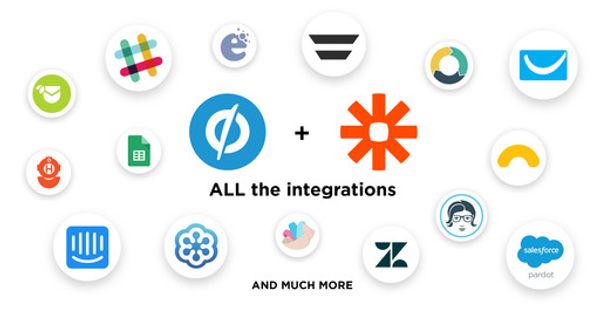
Integrate your app with popular products to complement their functionality and tap into their user base.
✅ This strategy benefits both parties: you gain access to their audience, and they get added value, making their users more likely to stay.
✅ Many companies, such as Asana, Basecamp, Slack, Stripe, Xero, and MailChimp, have separate integration pages listing various add-ons. Being listed there can boost your visibility.
📊 Properly executed integrations can bring in 500 to 1,000 new visitors per month. The conversion rate from these visitors can be as high as 10-15%.
Steps to implement:
- Research popular products for potential integration and see what integrations your competitors have.
- Check if these products have dedicated pages to feature integrations.
- Contact them to understand the integration process.
- Prepare a landing page highlighting the integration, beneficial for SEO and backlinking.
- Create content and visuals for the partner’s integration page.
- Announce the new integration through a blog post or other communication channels.
#3 Build free tools to acquire users
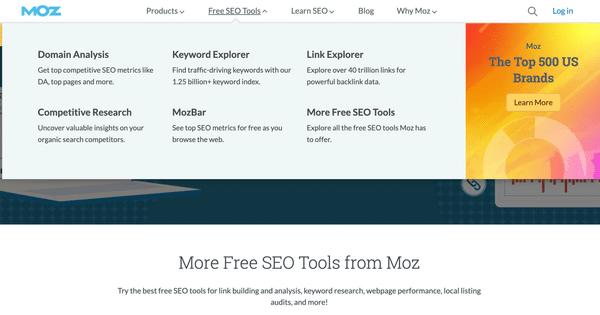
Building separate free tools, not just free trials, can serve as powerful growth channels for SaaS businesses by breaking down customer resistance barriers.
Three most important takeaways:
- Free tools are separate from the core product and require no signup.
- These tools address two primary customer resistance points: lack of trust and the desire to see quick results.
- The strategy involves offering a limited feature set in the free tool and including a strong call to action to guide users to the main paid product.
Many SaaS companies have successfully implemented this strategy. Examples:
- Hubspot
- Moz
💡 The Buffer case: They initially offered a simple tool to schedule tweets. This free tool gained significant traction and became a comprehensive social media management platform.
#4 Implement viral loops to drive potential users to your app
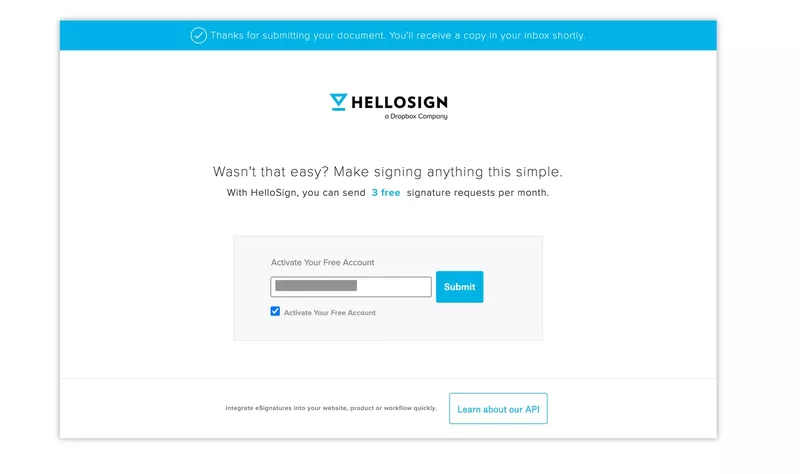
A growth loop is a self-reinforcing cycle where every user action leads to an output, which in turn generates more inputs for the next cycle, driving continuous growth.
- Three Main Components:
- Input: The initial trigger or action, such as a user signing up.
- Action: The main activity or behavior you want the user to take, like referring others.
- Output: The result of the action, which becomes the input for the next cycle, e.g., new user sign-ups from referrals.
✅ Acquisition growth loops, especially those based on referral programs, can be a cost-effective strategy for attracting potential users.
#5 Reality check for your marketing attribution
Consider offering an affiliate program (everyone can refer new customers, e.g. content creators, consultants, etc.) 👉 Check out tools like https://www.getreditus.com/?gr_pk=q2MZ&gr_uid=eXl2, https://growsurf.com/?via=alexander-estner, https://partners.grsm.io/best-tools, to run referral and affiliate programs.
#6 Scroll through customer reviews on third-party websites
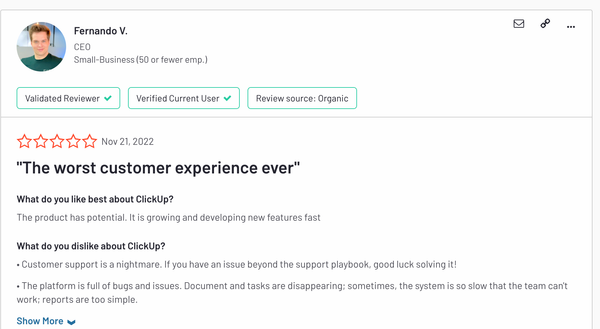
Dive into customer reviews on third-party platforms to gain unfiltered insights into product strengths, weaknesses, and areas of improvement.
👉Reviews provide direct feedback from users, highlighting what they love and what they believe needs improvement.
➕Positive reviews can be leveraged in marketing materials, testimonials, and case studies to build trust with potential customers.
➖Negative reviews offer a roadmap for product development, pinpointing areas that require attention.
Analyzing competitor reviews can reveal gaps in their offerings, providing opportunities to differentiate and position your product more favorably.
Platforms to consider include Trustpilot, G2 Crowd, Capterra, and industry-specific review sites.
→ What are customers complaining of?
→ What features do consumers love the most?
→ What objections can you address via your content?
#7 Use template libraries to unlock growth
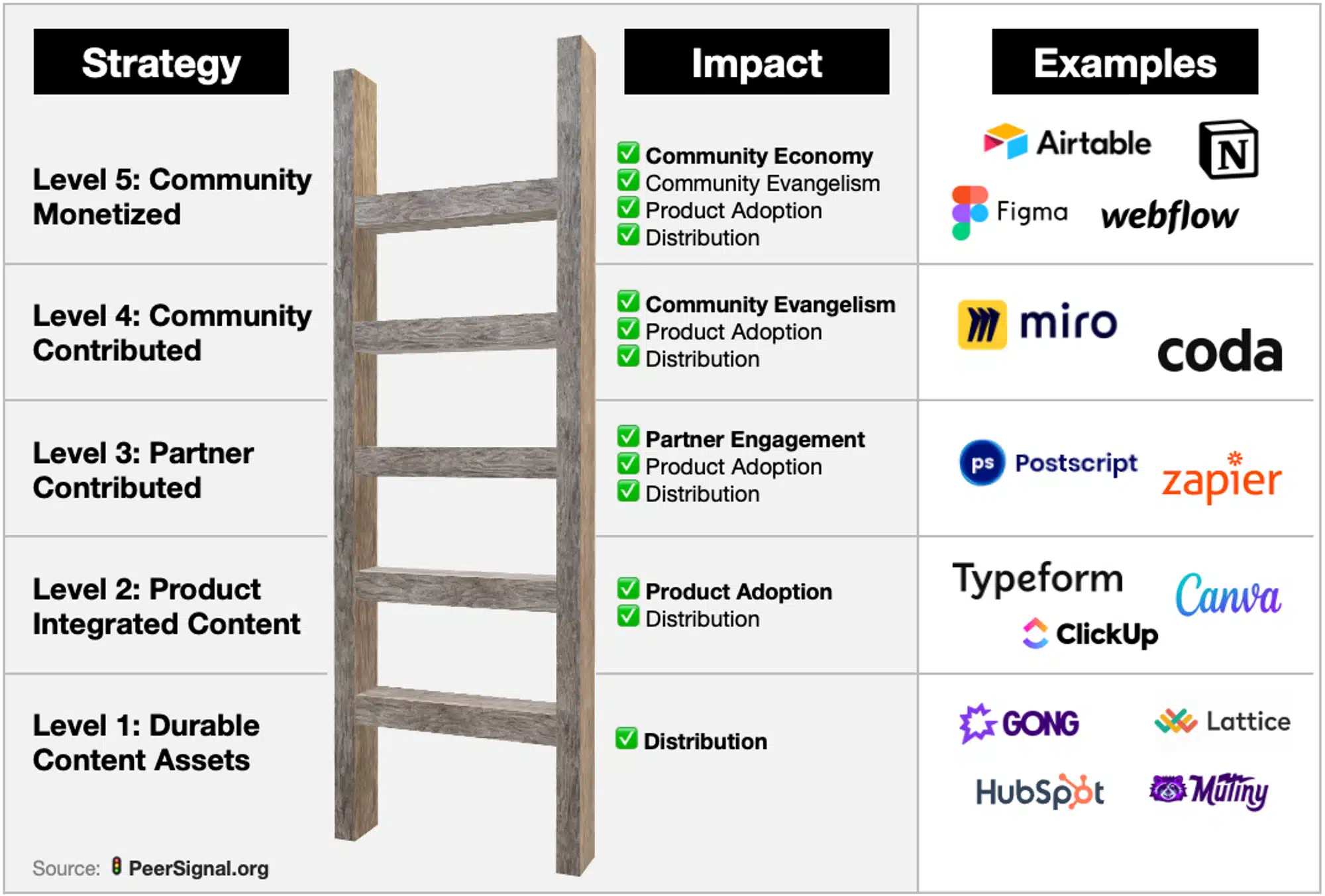
Template libraries have become a pivotal growth strategy for many B2B SaaS companies, especially those following a product-led growth (PLG) model.
Level 5: Community Monetized
- In Figma’s template library, you see the pinnacle.
- The template library does it all – distribution leverage, product adoption, partner engagement, community engagement, and community monetization.
- Notion, Airtable, and Webflow are also shining examples.
Level 4: Community Contributed
- Before building a creator economy around SaaS templates, many companies will open the doors to community contribution. Examples: Miro, Coda.
- When executed well, it gives the community more depth and massively broadens the distribution and product adoption benefits.
Level 3: Partner Contributed
- Companies with strong partner programs can tap their ecosystem to contribute templates.
- This approach supports partner distribution, vendor distribution, and product adoption.
- Postscript and Zapier are good examples here.
Level 2: Product Integrated
- This strategy helps horizontal platforms position for specific problems and personas.
- Is it content or is it a product feature? Both!
- Many PLG companies build/generate the content and then let users access, load, or integrate them into the product experience.
- Examples: ClickUp, Typeform, Canva, Dooly
Level 1: Durable Content Assets
- In some contexts, product and/or community integration doesn’t make sense. But template libraries might still be the ultimate “lead magnet” with built-in distribution.
- Gong, Mutiny, and Lattice are other great modern examples.
- HubSpot has run this playbook at high volume for years.
Conclusion
In summary, the acquisition phase is pivotal in the customer lifecycle, especially for SaaS companies. By implementing the seven tactics discussed, businesses can not only attract but also retain high-value customers, leading to sustainable revenue growth.
To fuel your quest for growth, we’re excited to share this exclusive resource: “30 Days of Growth“. Take full advantage of this bundle for an unbounded growth journey!🎯
